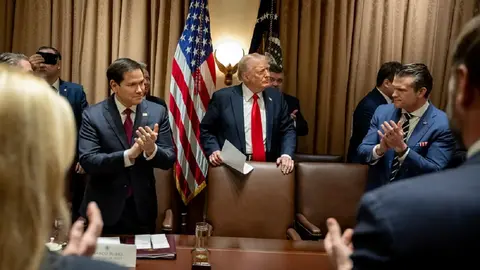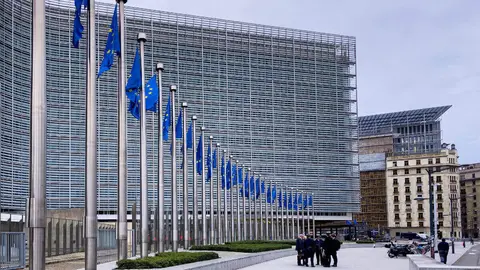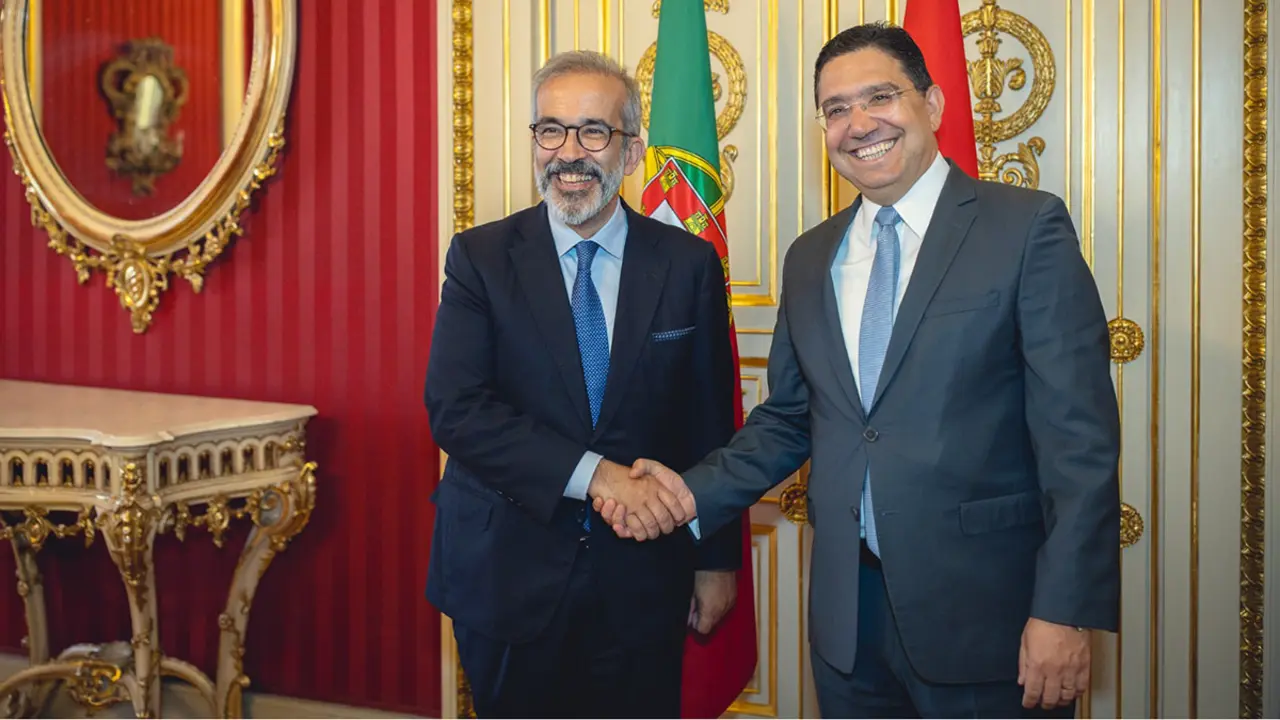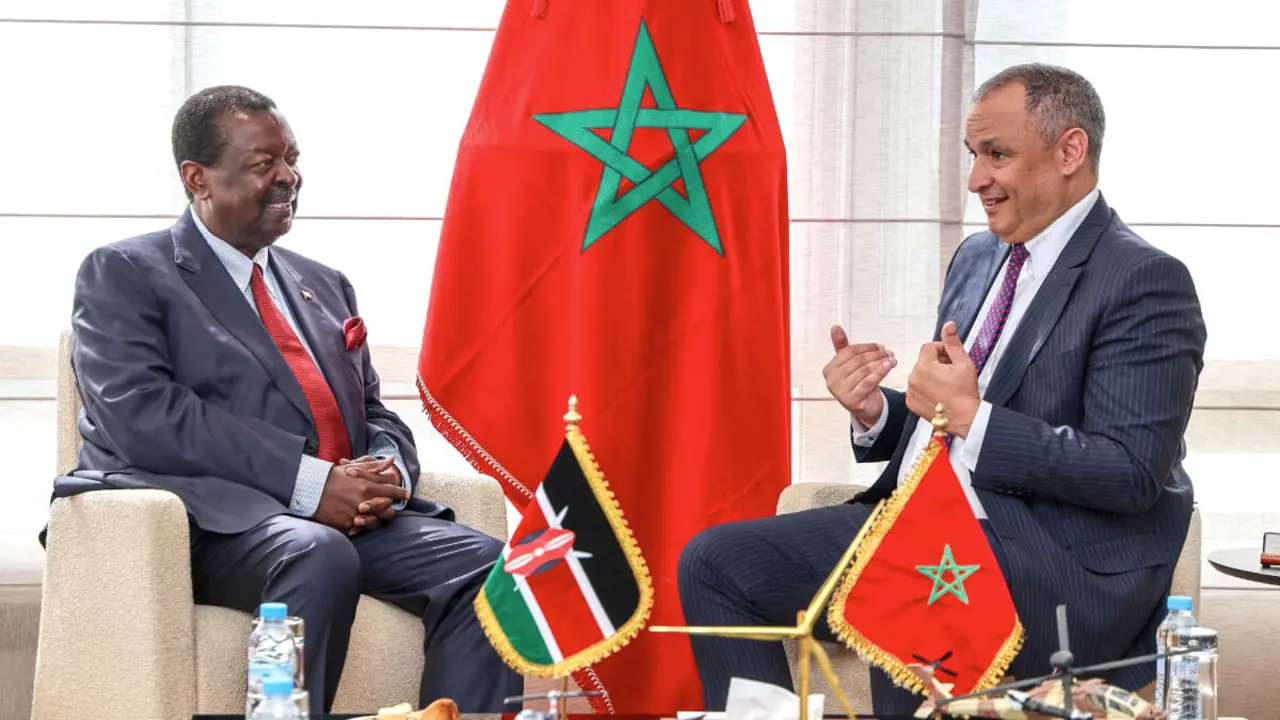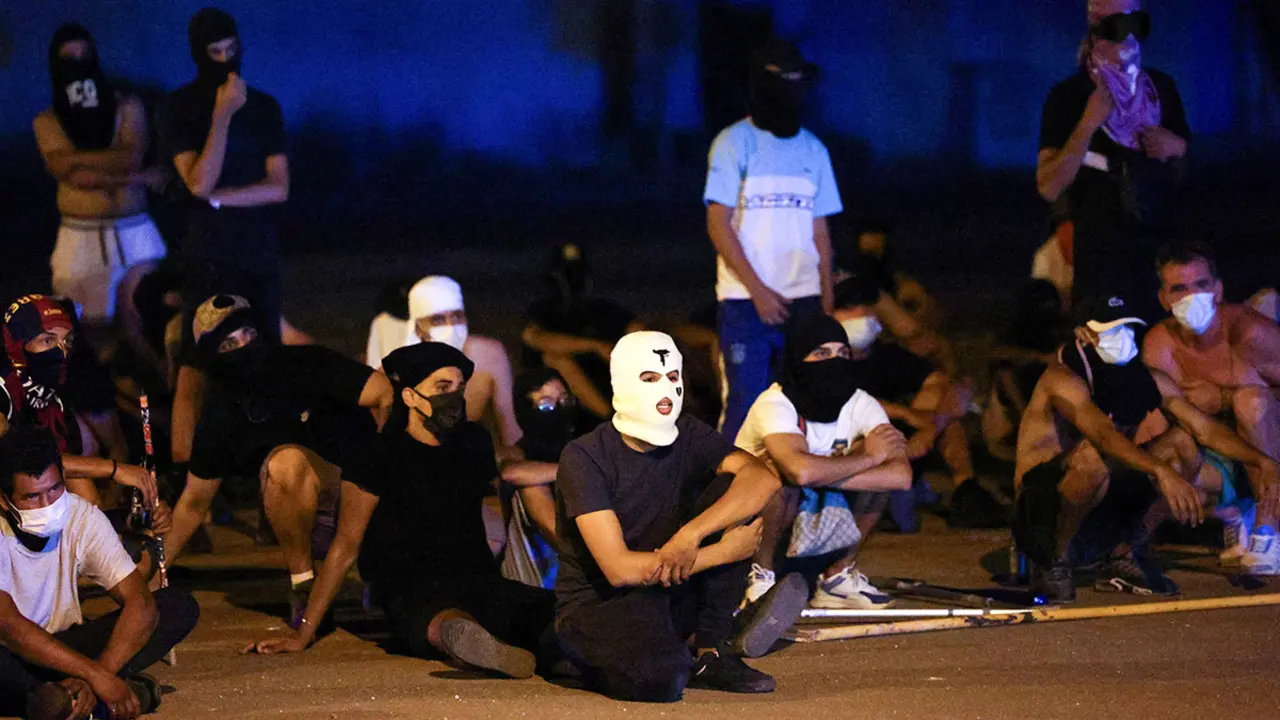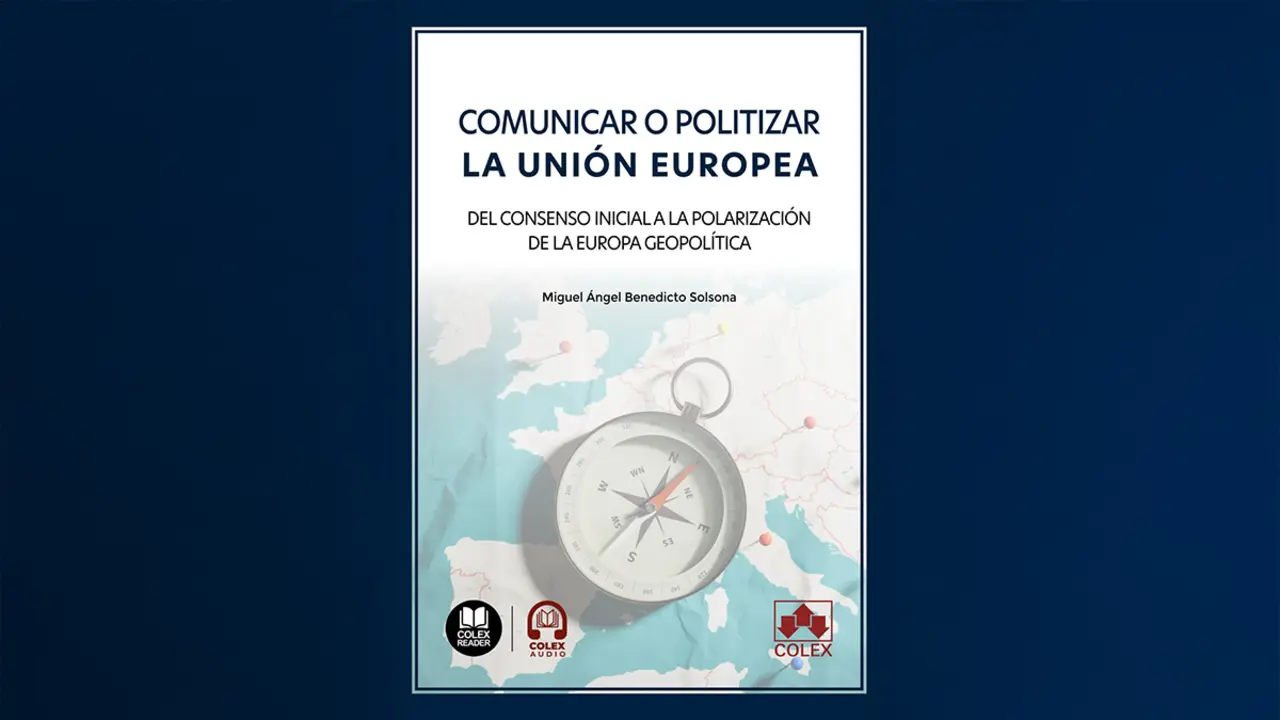Russia and Ukraine agree the most significant truce since 2022
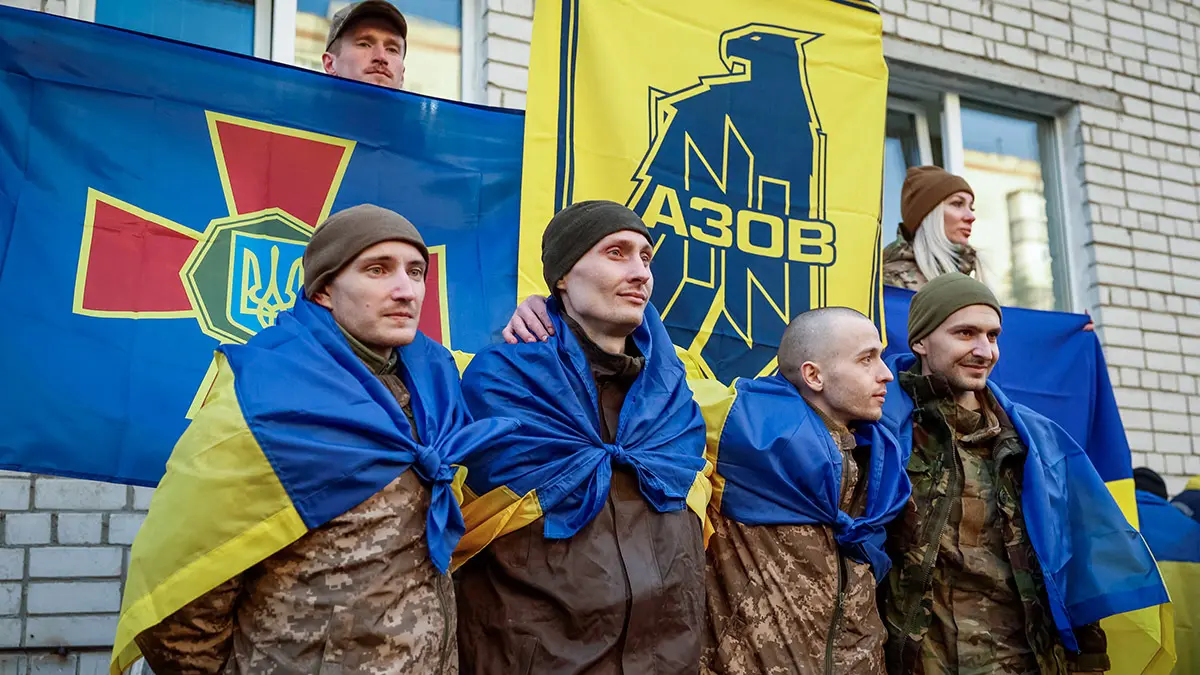
For the first time since the conflict began on 24 February 2022, Russia and Ukraine have reached a significant ceasefire agreement that experts and officials present at the negotiations believe represents ‘a major step towards de-escalating the conflict’.
With the mediation of the United States and Saudi Arabia, the agreement will include the protection and security of the Black Sea, which greatly affects international trade; curbing attacks on energy and transport infrastructure; and the gradual recovery of exports, especially agricultural exports, from Russia and Ukraine.
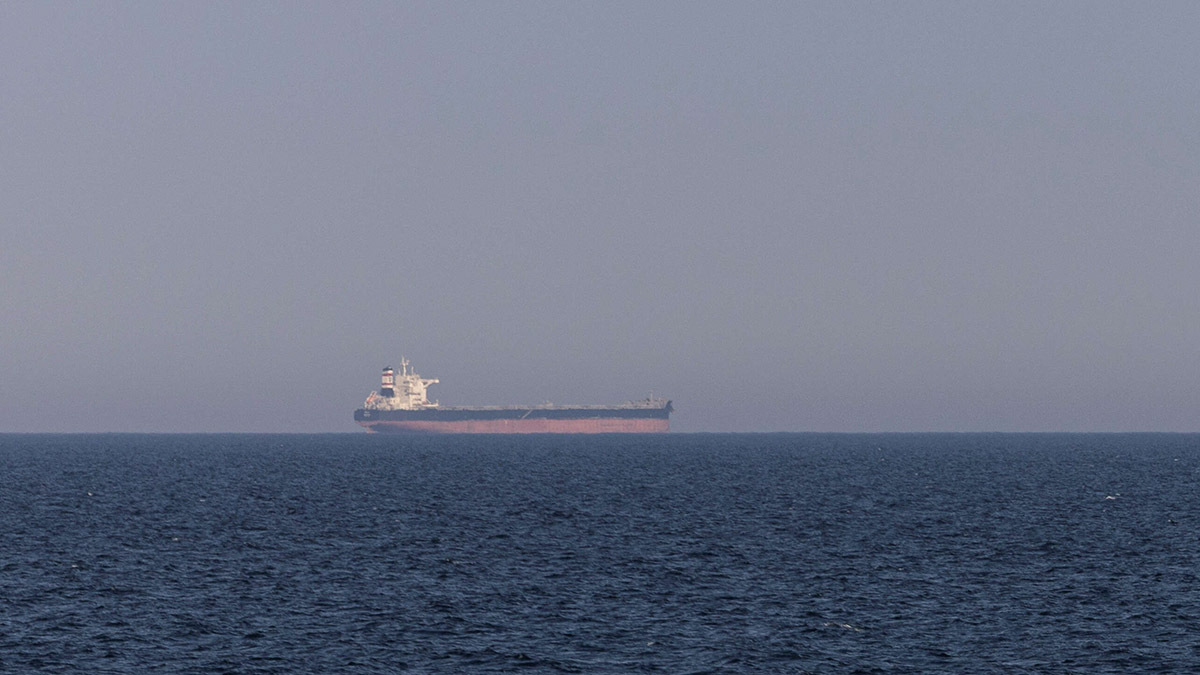
However, although the rapprochement is complete, the Kremlin has confirmed that the truce will not be effective until a series of conditions are met, such as the elimination of restrictions on agricultural trade and the entry of the Russian agricultural bank Rosseljosbank into the SWIFT transfer system, the international network used by banks to communicate with each other securely.
On the entry of Russian entities into the SWIFT system, White House National Security Advisor Mike Waltz said that ‘the United States will help Russia gradually regain access for its agricultural exports and fertilisers to the international market’.
On the other hand, for Ukrainian President Volodymyr Zelensky, the 30-day truce began from the moment the White House published the contents of the agreement.
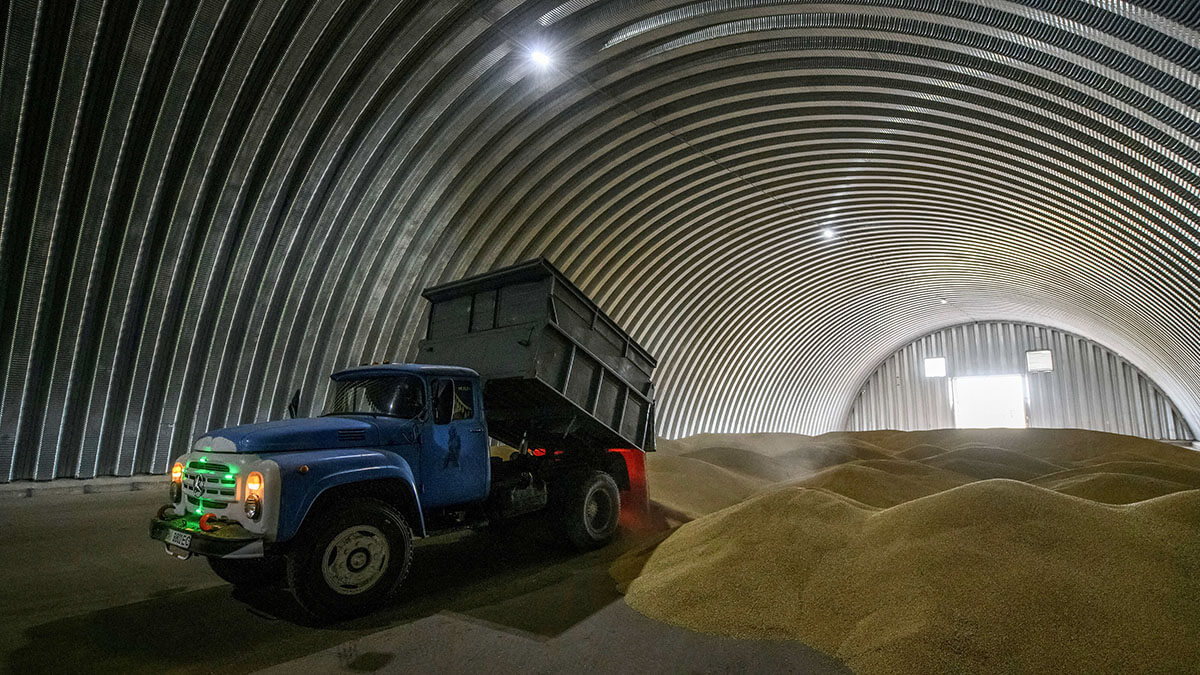
What does the truce include?
Disagreements have been the major problem in the negotiations, as neither side wants to lose, however, there are a number of common points on which Moscow and Kiev have reached an agreement.
Establishing a ban on attacks on energy installations between Russia and Ukraine is the central issue, as it would mean an end to the appalling conditions in the large affected cities in the eastern part of the country and in the Donbas.
A cessation of hostilities in the Black Sea was also agreed. With the approval of this point, not only will Russia and Ukraine be able to use the waters for maritime export, but a large part of the world trade that transits through the Black Sea will obtain guarantees that their merchandise will not be attacked or detained, thus increasing the confidence of large companies from countries totally unrelated to the conflict, and reducing insurance costs.
Furthermore, this measure will allow for a greater exchange of hydrocarbons, especially liquefied natural gas (LNG).

These measures are all aimed in the same direction: the recovery of agricultural trade in Russia and Ukraine, which is known as the breadbasket of Europe due to its vast regions of cultivation, mainly of wheat.
Finally, in order to guarantee compliance with the agreement, Washington is applying to be a neutral observer, although some sectors of Zelensky's and Putin's governments are not very convinced by the idea.
Cette nuit la ville de Kropyvnytsky a connu une attaque massive de drones de toute la durée de guerre!..
— Russie Véritable (@RussieVeritable) March 20, 2025
Plus de 20 drones iraniens se sont abattus sur cette ville paisible du centre de l'Ukraine. Des quartiers résidentiels visés, des immeubles d'habitation et des maisons… pic.twitter.com/XD0c8iIDTQ
The differences in the agreement
As mentioned above, disagreements have been the main stumbling block in the management of the ceasefire agreement.
One of the points on which neither the Russians nor the Ukrainians have reached an understanding is the exchange of prisoners; the release of hostages and civilians; and the children detained by the Russian army who were forcibly transferred to Russian territory, the latter being a complex issue with no immediate solution.
On the other hand, the humanitarian situation in Ukraine and the occupation of territories by Russia was not discussed.
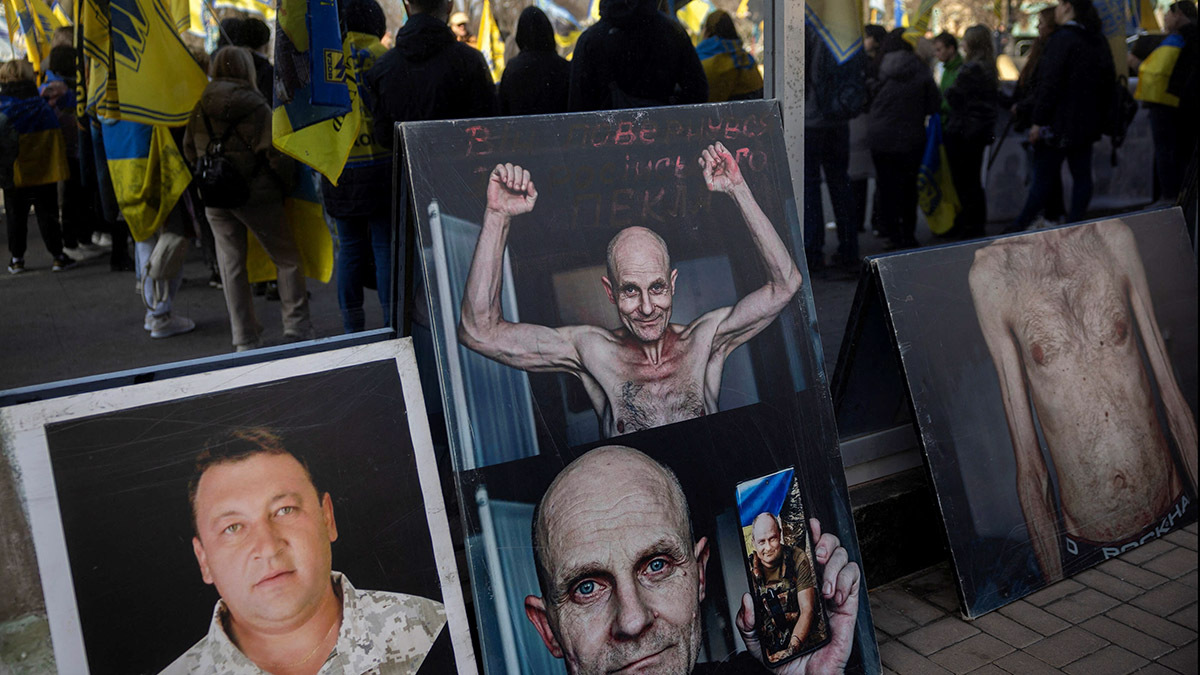
Military objectives
The agreement is unclear on the consideration of possible objectives. In the documents published by Washington it is said that it has been agreed that safe navigation is guaranteed, the use of force is eliminated and it is verified that the cargo of the ships does not contain material for military use.
This text raises doubts as to whether Russia's firing of Kalibr missiles against Ukrainian territory will continue to be allowed; or whether these ships will be targets not covered by the ceasefire.
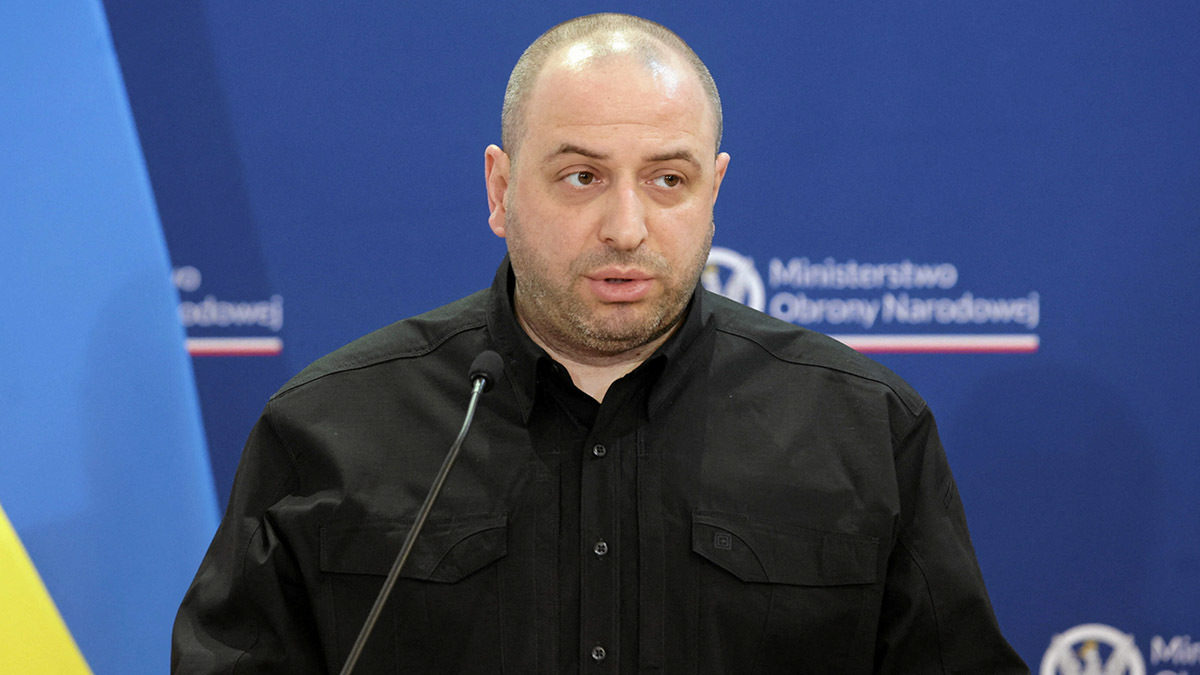
It is in this context that the Ukrainian Defence Minister, Rustem Umerov, has requested a meeting with President Zelensky, because since the start of the Russian invasion, Ukraine has only had the port of Odessa for exports, and he wants Odesa, Kherson and Mikolaiv to be safe from further attacks. Umerov pointed out that ‘Russian ships sailing in the eastern part of the Black Sea will be targets, as they would be violating the truce’.

